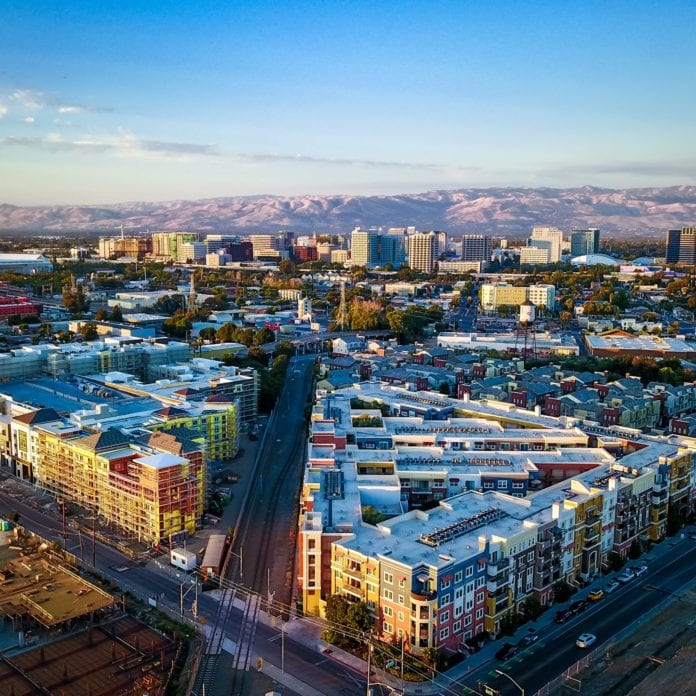AT&T planning San Jose 5G launch in first half of 2019
Noted tech hub San Jose, Calif., certainly has the attention of AT&T and Verizon. Today both companies announced agreements with the city centered on massive build out of small cells and implementing a variety of smart city solutions.
While similar in nature, AT&T took it a step further and committed to delivering standards-based commercial 5G services in the city likely in the first half of next year. Site construction for small cells can be leveraged to make for a faster, easier 5G roll out.
Based on an April agreement, AT&T and the city are planning to deploy thousands of small cells, which will lay the groundwork for turning up 5G next year. Also in the mix are smart cities solutions including public Wi-Fi, using connected sensors to monitor infrastructure and an upgrade to smart LED lighting.
“Upgrading San Jose’s broadband infrastructure is key to building a smarter city, advancing our long term economic competitiveness, and connecting residents who lack access to affordable, high-quality internet service,” Mayor Sam Liccardo said in a statement. “We’re excited that San Jose residents will soon be able to take advantage of AT&T’s enhanced network and look forward to continuing our partnership with AT&T to lay the foundation for next generation connectivity.”
On the smart city piece, AT&T’s Mike Zeto, VP of IoT and GM of Smart Cities, said the solution set would address pain points, including traffic congestion, energy usage and public safety.
During Mobile World Congress 2018, Zeto discussed AT&T’s push into infrastructure monitoring with RCR Wireless News. One of the early projects came via an engagement with the city of Portland, Ore., known for its many bridges, 12 of which cross the Willamette River. The condition and maintenance of infrastructure is a consummate issue at all levels of government and the subject of a proposed multi-billion dollar investment plan developed by the Trump Administration. To get a handle on the state of its bridges, Portland leaders are working with AT&T to collect data using the carrier’s Digital Infrastructure and Structure Monitoring solutions.
Zeto said sensors would monitor tilt, vibration, cracks and other structural metrics, which will be analyzed by an IBM platform. This offering is available as a service or to buy, which is Portland’s preference. As to the national conversation around infrastructure, Zeto said the addressable market is vast and AT&T has begun discussion at the state Department of Transportation level.
Government decision-makers are “more informed about the use cases, not necessarily the technologies. You want them to be focused on the use cases–what problem are they trying to solve? They’re there now for sure. Larger cities, for the most part, have hired somebody to be responsible for it.”
Zeto said public/private partnerships models are the best way to achieve broad adoption for smart cities solutions. He said that approach “is going to help cities scale and help us get ready for 5G. We’re going to go into markets really big with that, and that’ll pull through a lot of technologies that’ll add value to the cities. We’ll see cities scale in specific use cases,” including sensors, lighting, cameras and public safety applications.

